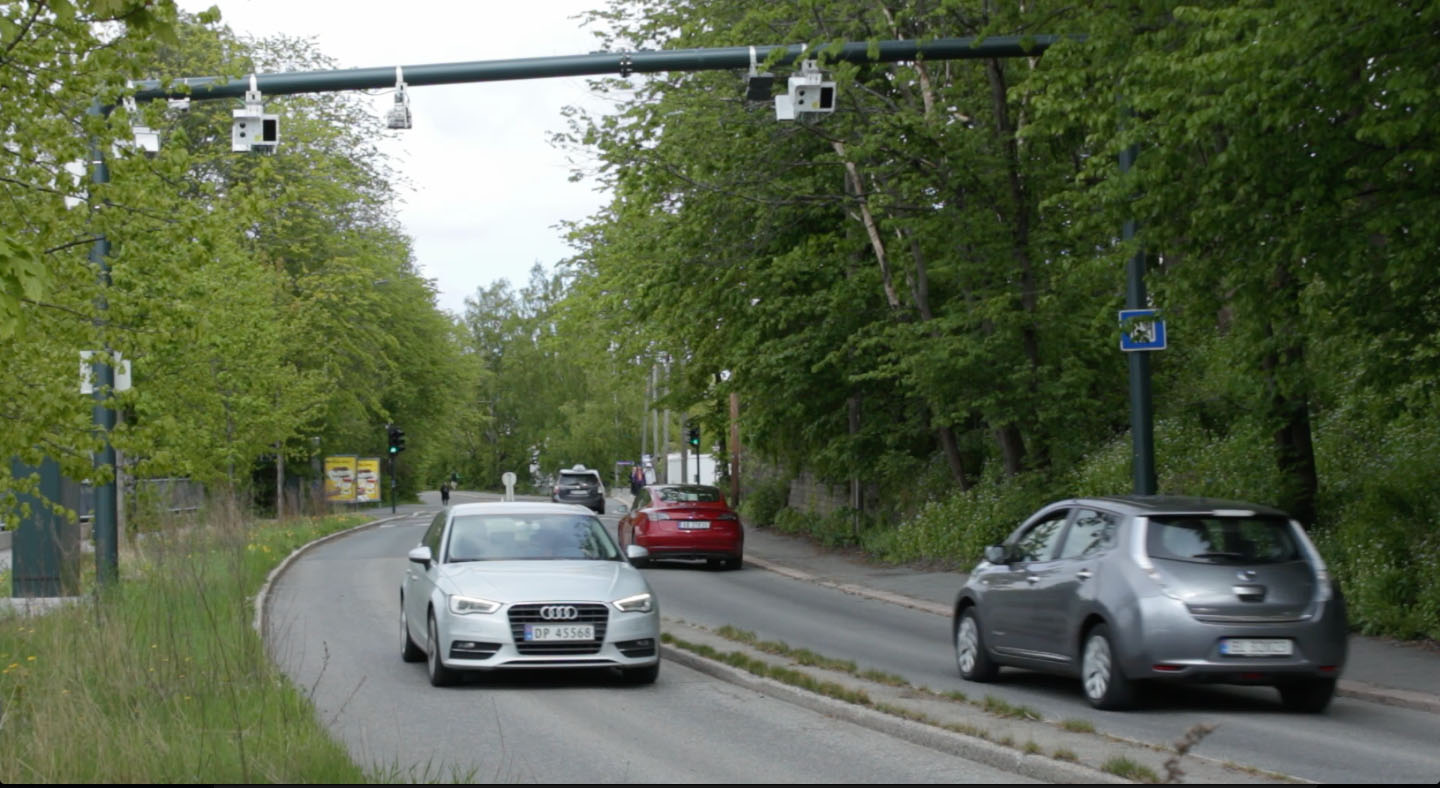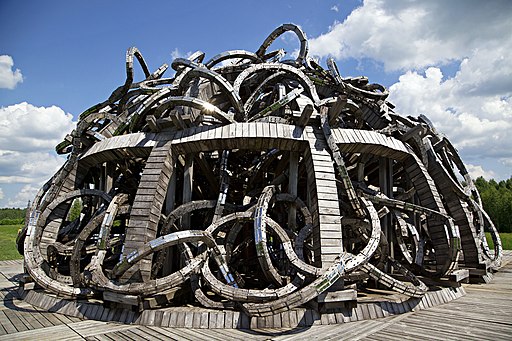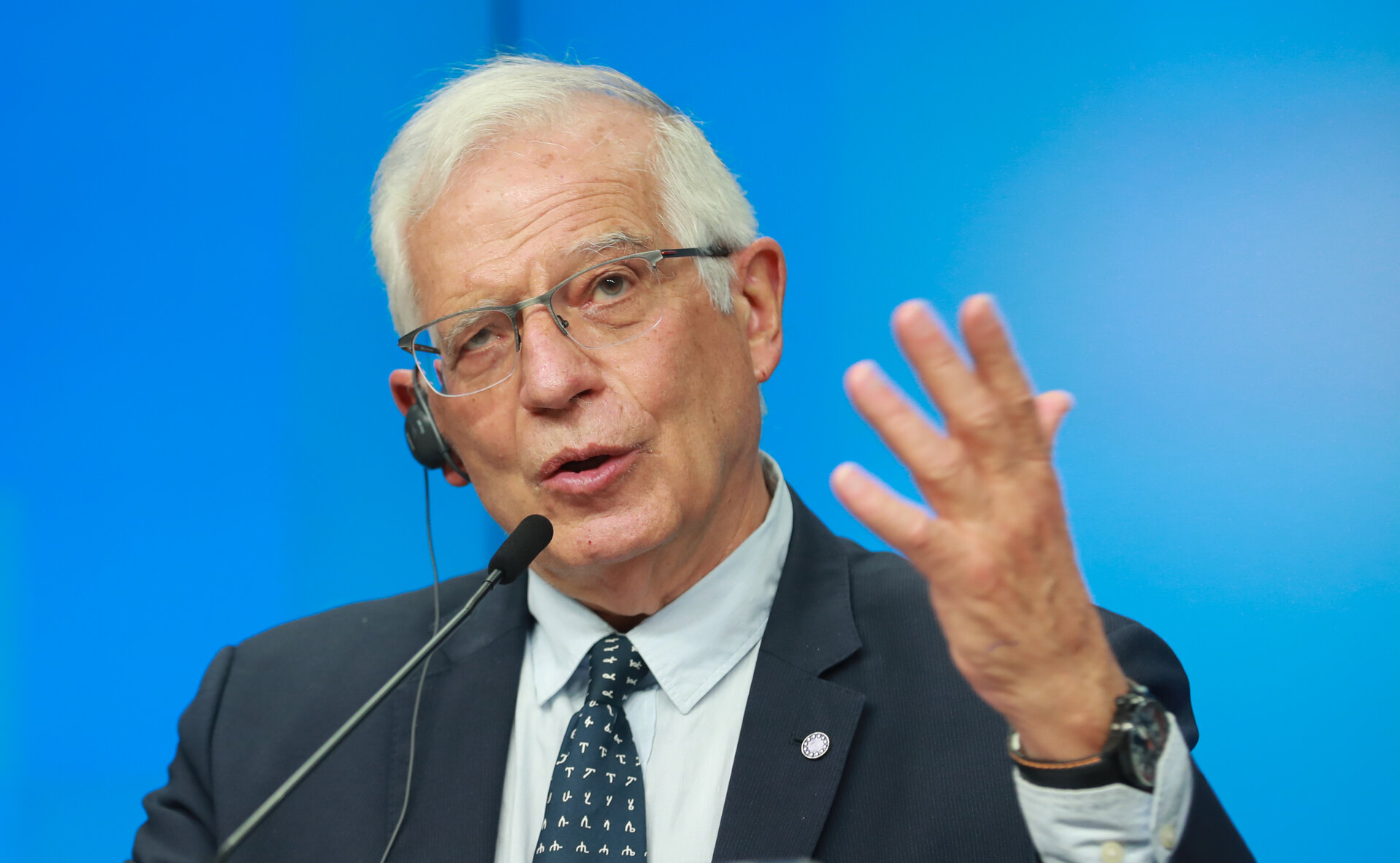The Breaker has previously written about Oslo, Norway, seeking new strategic ways in becoming a green emission-free city that is a role model for densely-populated areas around the world.
One of the key aspects of this strategy is to reduce traffic, but how do you do that?
The key ingredient in Oslo’s city planners and its politicians ways is… its road toll money.
When you’re charged a significant amount of money to use your car to get to work it make you look for alternatives. Those alternatives are usually a more green and efficient public transport.
The Toll Plaza System
Oslo’s first road toll opened up at 1st February 1990. The original plan was to finance a new road tunnel system beneath the city centre with 15 years of toll fares.
After the first 15 years, Oslo’s politicians were satisfied in how the system successfully had financed the new transport network, and started to co-operate with the nearby regions to upgrade other parts of the public transport that had been neglected for years. The outcome of the ideas was called Oslo Package 2.
Today, Oslo’s car drivers are now financing Oslo Package 3. And the Toll Roads has come to stay in the northern European capital…
How the system works
Some in the UK like to complain about high fares when they buy single-way tickets during peak times on trains.
Oslo wants to solve issues like that by putting more road toll money into providing cheaper tickets for public transport, and they are now building new subway lines and high-speed railways for commuters who live in the nearby regions.
There’s a principle that it should be cheaper to use public transport rather than driving your own car. An annual subscription ticket which gives you access to all trains, buses, subways, trams, and ferries inside the city-limits will cost you 7700 NOK (£620)
This means that you can travel efficient, green and have more time to enjoy things like reading or listening to music on the train, that you wouldn’t necessarily be able to do in a car, it also reduces carbon emissions emitted from car traffic.
Oslo has 83 automatic road toll plaza stations in a ring around the city centre. The money that comes in is almost solely used to help and improve the public transport network. Therefore, the city council could now spend its expenses on a better welfare system and health care.
In total, car drivers pay for the majority of a 120 billion NOK (£10 billion) transport finance package in the Oslo area.
Less pollution, fresher air
Signe Bakke Soelberg, Green Party spokesman from Viken Muncipality – the region around Oslo, is very happy with the awards from the toll road measures.
“The reduced car traffic has provided the city with much better air over the last few years, and this is important for peoples health and wellness,” she says.
She explains how such a small country as Norway could be able to afford good public transport services:
“As a country with great distances and few people living here, in comparison with other European metropols, it’s fair to say that we need to put a lot of money into the transport sector.”
She continues;
“To drive a car is not an efficient way to transport masses of people, and as they also pollute, it’s the right thing that they pay for polluting our planet.”
“I think most car drivers would ethically agree to this viewpoint,” she added.
Debates over the costs
For some people, they have no alternative ways to get to work other than by car. Those will need to pay a full fare, depending on which time of the day they are driving and what kind of fuel they’re using.
There is a difference, however, if you buy an electrical car.
These vehicles got reduced fares in the toll network, so you could still get to work in your private car without ruining yourself. Signe told us a bit more about the situation:
“A large amount of the cars in Oslo are already electric. So we got some troubles in how to finance all our transport projects. It’s a paradox. But sooner or later we must increase the fares on these vehicles too. By then, we hopefully have a satisfactory public transport network, so more people can leave their car home,” she finishes.
The future of city planning?
For cities around the world, traffic congestion is a big costly problem for everyone. Is Oslo the ideal city to look to when planning for reducing traffic?
The majority of new cars and busses are either run on hybrid solutions or renewable fuel like hydrogen. But it is also an increasing amount of fully electric cars thanks to the strict road toll system by the governing politicians.
The plan is that the traffic is reduced by a third of the 2015-numbers. This means people have to either walk, bike or use train, tram, subway, bus or boat.
If all goes by plan, in 2030, Oslo could be completely free of carbon emissions.







